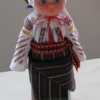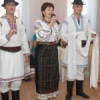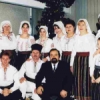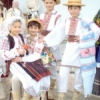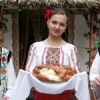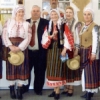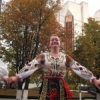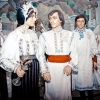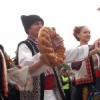 372750
372750
National Costume as Cultural Heritage Value
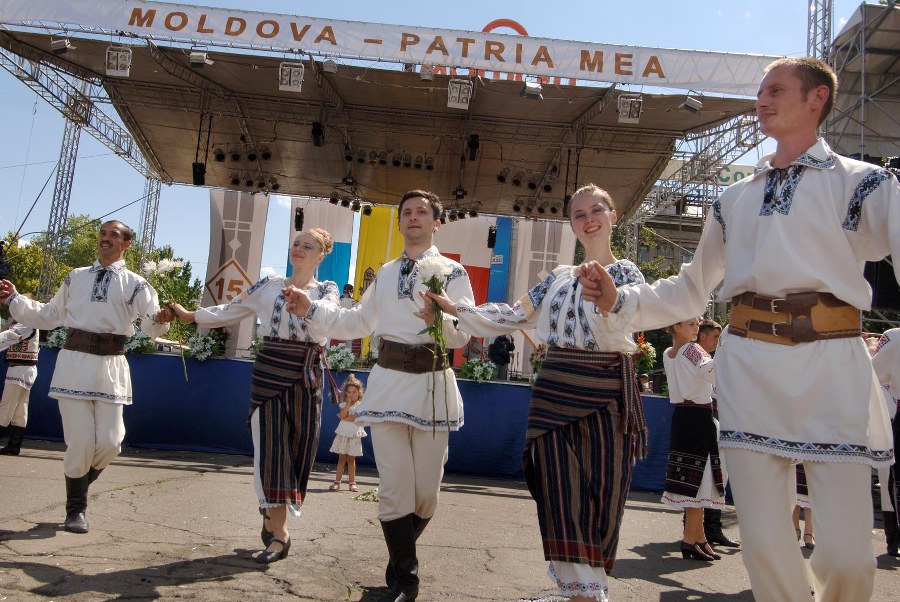
The traditional Moldavian costume is the evidence of high needlewomen skill, a sample of beauty that can tell us about ancient traditions. The Moldavian costume is a testimony of the creation process of folk arts.
In the past, during the process of costume decoration it was prohibited to copy patterns and deviate from the national traditions. Each girl had to create her unique festive costume with a glance to local traditions, demonstrating her aesthetic taste. The attire accorded with the character, age and social status of its owner, it harmonized with the appearance of the owner, the color of his/her eyes and hair.
The clothing was the unique and distinct cultural value. In the past, it was impossible to find two identical female costumes; they had different patterns, colors, proportions. The same principle masters (they were mothers, grandmothers, or brides) held when sewing men's shirts.
For centuries, traditional clothing was made of homespun blades, which in turn were made of wool, hemp, linen, cotton, silk (boranzhik) strands that were also produced at home.
Folk costumes differed depending on the social, climatic and demographic factors. In the fall fairs, during winter calendar holidays, in rural choirs, and during Easter season functional peculiarities of the suit could be observed.
În contextul lansării programului ”Satul European”, ce probleme vitale există în localitatea dumneavoastră?
- Statut:
- Oraș
- Prima atestare:
- 1966
- Populația:
- 1659 locuitori
Frunză este un oraş în raionul Ocniţa, Republica Moldova. Amplasat în partea de nord a republicii, la hotar cu Ucraina, pe linia de cale ferată Ocniţa-Moghiliov-Podolsk, oraşul Frunză este situat la o distanţa de 243 km de Chișinău. Conform datelor recensămîntului din anul 2004, populaţia oraşului constituie 1659 locuitori. Localitatea a fost întemeiată în anul 1966, cînd lângă fabrica de zahăr încep să se construiască case de locuit, în 1973 obţinînd statutul de localitate de tip orăşenesc.





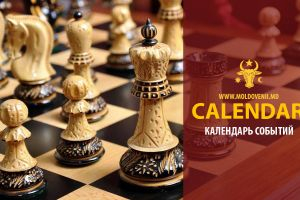 20 aprilie - Calendarul celor mai importante evenimente din trecut și prezent
20 aprilie - Calendarul celor mai importante evenimente din trecut și prezent 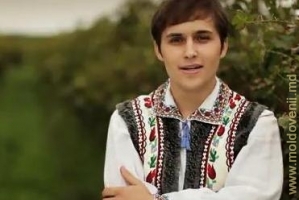 MELODIA ZILEI: Victor Bondari - Radu Mamii
MELODIA ZILEI: Victor Bondari - Radu Mamii  Ce evenimente culturale vor avea loc în ziua de 20 aprilie
Ce evenimente culturale vor avea loc în ziua de 20 aprilie 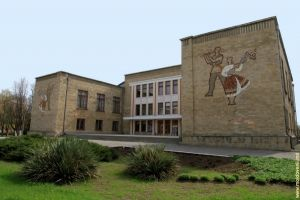 Moldografia: Casa de Cultură din Bender
Moldografia: Casa de Cultură din Bender 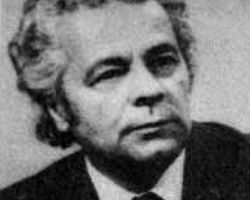 Ilie Bogdesco – maestru al graficii
Ilie Bogdesco – maestru al graficii  Gala Premiilor Patrimoniului Cultural 2024 - eveniment special, organizat în cap…
Gala Premiilor Patrimoniului Cultural 2024 - eveniment special, organizat în cap… 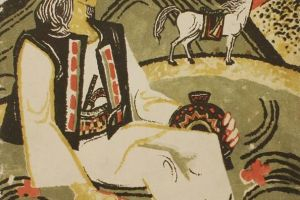 Creația populară: Eposul eroic
Creația populară: Eposul eroic 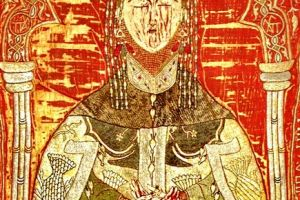 Maria de Mangop – o prințesă bizantină pe tronul Moldovei
Maria de Mangop – o prințesă bizantină pe tronul Moldovei 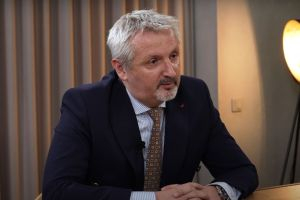 Doru Petruți: ”Cel mai agresiv electorat este fix cel pro-european”
Doru Petruți: ”Cel mai agresiv electorat este fix cel pro-european” 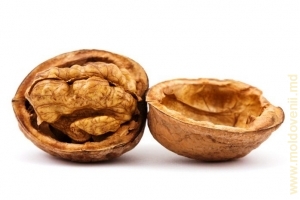 De ce sînt folositoare nucile
De ce sînt folositoare nucile 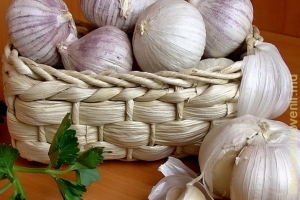 Rețeta care aduce sistemul imunitar la cote maxime
Rețeta care aduce sistemul imunitar la cote maxime 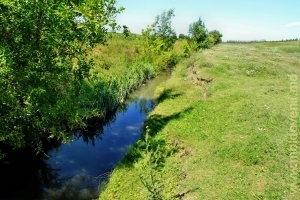 O călătorie pe rîul Larga (Foto)
O călătorie pe rîul Larga (Foto)  21 aprilie - Calendarul celor mai importante evenimente din trecut și prezent
21 aprilie - Calendarul celor mai importante evenimente din trecut și prezent 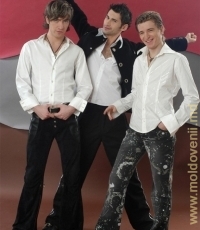 MELODIA ZILEI: O-Zone - De ce plîng chitarele
MELODIA ZILEI: O-Zone - De ce plîng chitarele  Ce evenimente culturale vor avea loc în ziua de 21 aprilie
Ce evenimente culturale vor avea loc în ziua de 21 aprilie 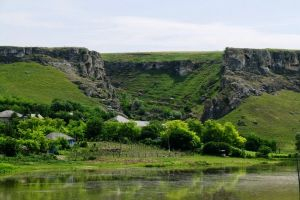 Moldografia: Începutul defileului de la marginea satului Duruitoarea Veche
Moldografia: Începutul defileului de la marginea satului Duruitoarea Veche 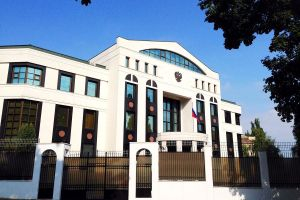 Ambasada Rusiei a mulțumit pentru înlăturarea consecințelor profanării monumente…
Ambasada Rusiei a mulțumit pentru înlăturarea consecințelor profanării monumente…  Nicolae Eșanu: "Constituția nu prevede introducerea anumitor modificări în baza…
Nicolae Eșanu: "Constituția nu prevede introducerea anumitor modificări în baza…  In memoriam Chiril Iliașenco
In memoriam Chiril Iliașenco 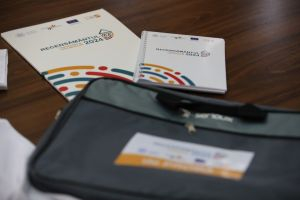 10 mituri despre recensămînt, demontate de Biroul Național de Statistica
10 mituri despre recensămînt, demontate de Biroul Național de Statistica 